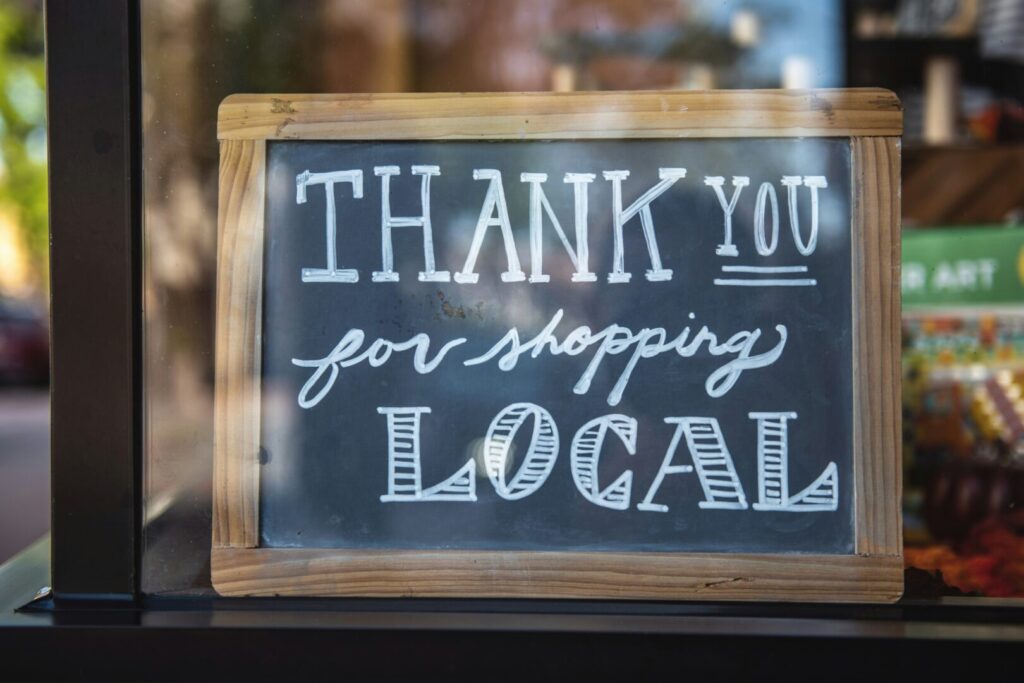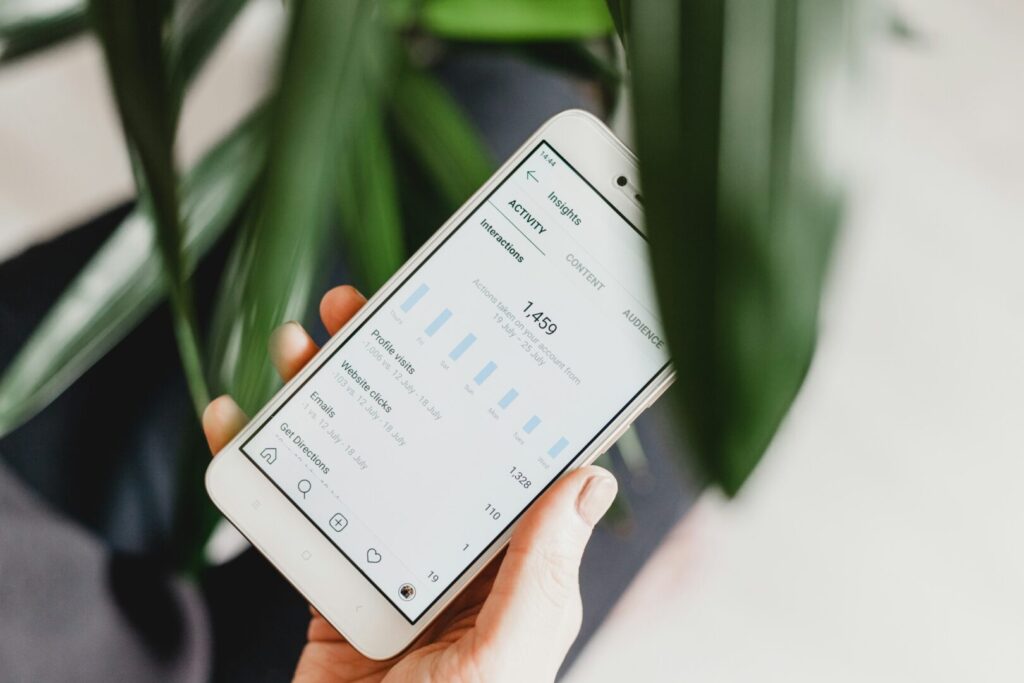Local marketing strategies have entered a new era. What used to be a simple checklist – print ads, flyers, and Google listings – has transformed into a dynamic, data-driven ecosystem. In 2026, businesses succeed not only by being visible but by being relevant, relatable, and human.
Local audiences are more discerning than ever.
They expect authenticity, transparency, and experiences that feel personal. This shift has made effective local marketing strategies more essential than ever, helping businesses connect meaningfully with their communities while standing out in an increasingly competitive landscape.

For small businesses, this presents both a challenge and an opportunity. Competing against large corporations might seem impossible, yet the power of local marketing strategies lies precisely in their intimacy. When you understand your community and communicate with sincerity, your brand can stand out in ways big names never could. Whether you run a boutique hotel, a wellness studio, or a neighborhood café, connecting meaningfully with local customers is the foundation of growth.
Below are twenty-seven local marketing strategies designed for 2026. They combine time-tested principles with the latest digital trends, giving small businesses a practical guide to building community, visibility, and trust.
1. Optimize for Hyperlocal SEO
Search engines have become smarter at understanding local intent. People rarely search for “best restaurant” anymore; they search for “best restaurant near Blloku” or “hotel close to the city center.” Optimizing for hyperlocal SEO means going beyond general city keywords and including specific neighborhoods, streets, and landmarks in your content. Update your Google Business Profile with exact coordinates and ensure your website metadata reflects your location accurately.
When search engines know exactly where you are and whom you serve, your visibility skyrockets among nearby searchers.
2. Localized Content Marketing
Local content connects directly to what your audience cares about. Instead of writing generic blog posts about wellness or travel, focus on local experiences – hidden gems, weekend itineraries, or neighborhood events. When you integrate your business naturally into these stories, readers see you as a trusted local voice rather than just another advertiser.
This approach also earns backlinks from local websites, which further improves search rankings.
3. Use Google Business Profile Posts Regularly

Your Google Business Profile is more than a digital listing; it’s an interactive communication tool. Posting weekly updates keeps your business fresh in local search results. Announce new products, seasonal offers, or events. Add professional photos that capture your space and staff.
People browsing Google Maps often make spontaneous decisions, and an active, updated profile can be the difference between getting a click or being ignored.
4. Manage Reviews Proactively
Online reviews have replaced word of mouth. They influence nearly every local purchase decision. Encourage happy customers to share detailed experiences on Google, Facebook, or TripAdvisor. Always respond to reviews – positive or negative – with professionalism and empathy. Negative comments, when handled thoughtfully, can become opportunities to show your integrity and responsiveness.
Consistent engagement also boosts your SEO, since search algorithms favor active listings.
5. Create Local Video Stories
Video is now the most persuasive form of content online. Short clips showing your daily operations, behind-the-scenes moments, or customer testimonials add credibility. Local audiences love seeing real people doing real things. Use captions mentioning your city or neighborhood, as these help videos appear in local discovery feeds.
Consistency matters more than perfection – authentic clips filmed on phones often outperform polished ads.
6. Partner with Micro-Influencers

Instead of hiring big-name influencers, collaborate with local creators who have small but loyal followings. They already understand the tone and culture of your area. Invite them to experience your product or service and share their genuine impressions. This form of peer-to-peer marketing feels natural and trustworthy, especially for lifestyle and hospitality brands.
Over time, you can build a network of local advocates who spread the word organically.
7. Run Geo-Targeted Ads
Digital advertising tools now allow you to target users within a specific radius, even a few streets away. Platforms like Meta and Google Ads let you adjust your messaging depending on the location. A café might advertise breakfast deals in the morning only to people nearby, while a spa could promote evening relaxation sessions to commuters heading home.
Careful targeting keeps costs low and conversion rates high.
8. Strengthen Your Pinterest Visibility
Pinterest continues to surprise marketers with its power to drive traffic. In 2026, it functions as both a search engine and an inspiration platform. For hotels and wellness brands, location-based pin descriptions such as “weekend stay in Tirana” or “spa day in Albania” capture intent-driven users planning real experiences.
Combine visually cohesive boards with optimized keywords and you’ll reach audiences genuinely interested in your area.
9. Build Geo-Specific Landing Pages
If your business operates in multiple districts or cities, create separate pages for each. A landing page for “Vlore wellness retreat” should have its own testimonials, directions, and visuals distinct from your “Tirana spa” page. This structure helps search engines understand your reach and improves your chances of ranking in different local searches.
Each page should read as though it was written specifically for that community.
10. Collaborate with Neighboring Businesses

Partnerships expand your reach without increasing your budget. A hotel could collaborate with a nearby restaurant for joint promotions or loyalty programs. A florist might partner with a local bakery for wedding packages. These collaborations create cross-promotion opportunities, giving both parties access to each other’s audiences.
They also strengthen community ties and build goodwill, which can lead to repeat referrals.
11. Use Local Hashtags Consistently
Hashtags are more powerful than most people realize. They connect your content to trending conversations and searchable topics. Using location-based hashtags such as #TiranaEvents or #AlbaniaWellness ensures that local audiences can find your posts easily. Combine them with niche hashtags describing your business type for the best reach.
The key is consistency; occasional tagging won’t build discoverability.
12. Grow a Local Email List
Email remains a highly effective direct marketing channel. Offer something valuable – exclusive deals, early access to events, or behind-the-scenes news – to encourage sign-ups from your local audience. Segment your list by area so that messages feel personal. People appreciate when offers reflect what’s happening around them rather than generic promotions.
The more relevant your emails, the stronger your customer loyalty.
13. Optimize for Voice Search
With smart speakers and voice assistants everywhere, more people now search through conversation. Queries like “Where’s the best vegan café near me?” require a different SEO approach. Use natural, conversational phrases in your website copy and FAQ pages. Structure content in question-and-answer formats so devices can easily extract the information.
This strategy future-proofs your visibility as voice technology continues to grow.
14. Sponsor or Host Local Events
Physical events remain one of the best ways to build community awareness. Sponsoring a neighborhood fair, art exhibition, or charity run gets your brand noticed by locals in a positive context. Hosting your own mini-events – such as workshops, tastings, or open houses – invites potential customers into your space.
These experiences translate beautifully into online stories and user-generated content, extending your reach far beyond the event itself.
15. Reach Out to Local Media
Don’t underestimate the power of local journalism. City blogs, lifestyle magazines, and regional newspapers are constantly seeking new stories. Pitch them a compelling angle about your business, such as a sustainability initiative or community project. A feature in a trusted publication not only drives traffic but also adds credibility.
The backlinks from local press also boost your SEO authority.
16. Launch Seasonal Campaigns

Every community has its rhythms – tourist seasons, holidays, or regional celebrations. Align your marketing with these moments. Create campaigns around local festivals, summer tourism, or end-of-year events. This ensures your brand feels current and culturally connected.
Updating visuals and messaging seasonally also signals activity to search engines, keeping your website relevant throughout the year.
17. Encourage User-Generated Content
People trust other people more than they trust advertisements. Encourage customers to share photos and stories featuring your product or space. Repost their content with credit, showing appreciation and authenticity. This not only builds social proof but also supplies you with a steady stream of fresh visuals.
Many small businesses have doubled their reach simply by fostering active, photo-sharing communities.
18. Offer Location-Exclusive Discounts
Reward customers for finding you through local searches or social check-ins. A simple “Show this post for 10% off” drives measurable engagement. Time-limited offers also create urgency and motivate spontaneous visits. Tracking redemption rates gives you insight into how effectively your campaigns convert nearby audiences.
Over time, this data helps refine your promotional strategy.
19. Ensure Mobile Optimization
Most “near me” searches happen on mobile devices. A slow or unresponsive site can instantly lose potential customers. Make sure your website loads quickly, displays clear maps, and offers click-to-call functionality. Navigation should feel effortless even on small screens.
Since mobile friendliness is a major ranking factor, optimizing this aspect directly improves your local search performance.
20. Create Local Guides and Resources
Position yourself as a helpful local expert. Write downloadable guides, blog posts, or mini-maps highlighting the best experiences in your area. Include your business naturally within the recommendations, but focus on value first. Visitors appreciate insider advice and tend to remember the brand that provided it.
These resources also attract backlinks from tourism boards and travel bloggers.
21. Showcase Sustainability and Social Responsibility

Modern consumers favor brands that align with their values. If your business practices sustainability, fair trade, or local sourcing, communicate it openly. Participate in community projects or charity initiatives that matter to your audience.
Sharing these efforts online not only strengthens brand reputation but also builds emotional connections with customers who care about the same causes.
22. Run Retargeting Ads for Nearby Audiences
Not every visitor converts right away. Retargeting allows you to remind people who interacted with your website or social media about your services. Set geographic limits so only nearby users see the ads. This keeps your messaging relevant and prevents wasted impressions.
Combined with special offers or event reminders, retargeting can significantly boost conversion rates among local audiences.
23. Use Local Keywords in Image and Video Metadata
Search engines can’t “see” images, but they can read file names and alt text. Add your location naturally when labeling photos or videos. Instead of “IMG1234.jpg,” use “wellness-spa-tirana-lobby.jpg.” Caption videos with your city name.
These small technical steps increase your chances of appearing in visual search results and reinforce your local SEO signals.
24. Host Community Experiences
Invite people to engage with your brand beyond transactions. Workshops, mini-classes, or small networking events help locals associate your business with meaningful experiences. A bookstore could host author meetups; a wellness studio could offer free meditation sessions.
These gatherings generate authentic word-of-mouth marketing and create long-term customer loyalty grounded in shared experiences.
25. Try Geo-Fenced Promotions
Geo-fencing uses GPS data to send offers to people entering a defined area. It’s perfect for businesses near high-traffic locations like malls or tourist spots. When someone walks within range, they receive a notification or ad about your current promotion.
It feels timely and convenient, prompting spontaneous visits. Always respect privacy settings and ensure users can easily opt out.
26. Track Local Analytics Closely

Data is the backbone of smart marketing. Use Google Analytics 4, Google Maps insights, and social media metrics to understand how locals interact with your business. Identify which keywords, posts, or campaigns bring the most nearby visitors. Then adjust your strategy accordingly.
Regularly reviewing data ensures that your efforts stay aligned with what genuinely works in your market.
27. Build a Community, Not Just a Customer Base
The most successful local businesses don’t simply sell – they belong. They participate in conversations, support other local initiatives, and listen to their customers. Genuine engagement transforms ordinary transactions into relationships. By consistently showing up, both online and offline, your brand becomes an integral part of the neighborhood’s daily rhythm.
Community is the most powerful marketing engine there is.
The Future of Local Marketing
Local marketing in 2026 is all about authenticity, technology, and empathy working hand in hand. Algorithms may decide who appears first on search results, but people still decide who earns their loyalty.
The businesses that win are those that listen to their communities, tell real stories, and use digital tools with purpose.
If you want a partner who understands how to bring those elements together, Josei Creative Agency helps hotels, wellness brands, and lifestyle businesses grow through social media, SEO, and creative storytelling. With expertise in understanding audiences, setting clear goals, and leveraging analytics, Josei guides small businesses toward sustainable, human-centered digital growth.
Local success starts with intention, not luck. Build connections, craft meaningful content, and let your community become your strongest advocate.



